- Wednesday, 18 June 2025
Quake-damaged Jajarkot Palace crying for preservation
By Hemanta KC, Jajarkot, Nov 10: Having endured a devastating 8-magnitude earthquake in 1990 BS, the Jajarkot Palace was hit by another powerful quake last Friday.
The quake was measured 6.4 on the Richter scale. This is the third time the palace endured an earthquake since its establishment in 1852 BS. Known as 'Seto Durbar' or The White Palace, the edifice was reconstructed after being damaged in the previous two earthquakes.
The palace has been enlisted among the top 100 tourist destinations of the country identified some years ago by the government. The earthquake once again posed a risk to the history of the district, a tourist destination, adding to the challenge for its protection, said Chief District Officer Suresh Sunar.
"The palace, which has been destroyed twice, is still facing the same risk. The palace must be preserved to conserve the history of the district. When Jajarkot was a state, it was rebuilt with labour donations by the people. Now it is not easy to rebuild it timely," he said. In 1990 BS, the palace was completely destroyed by an 8-magnitude earthquake that hit Nepal and India. Over 8,500 people died in the quake. However, there were no data on human casualties in Jajarkot. The people of Jajarkot regard the earthquake ninety years ago as a powerful calamity that damaged the palace.
This palace was built in 1852 BS in the elevated part of the area during the time of then the Jajarkoti king Indra Narayan Shah.
Before the palace was built, there was a red palace in the area built by King Hari Shah in 1825 BS. This palace is also now used as the government office. The Red Palace previously housed the District Development Committee and the Agriculture Development Bank. Following the introduction of federalism, the palace houses the District Coordination Committee office.
Twenty-seven years after the construction of the Red Palace, finding it necessary to build more physical structures to run the state, King Indra Narayan built another palace, said Rajendra Bikram Shah, an expert on Jajarkot palace history. The Jajarkot king ordered people to donate their labour for the construction of the palace. He had fixed certain days for the people to donate their labour. There is no exact data on how many floors the palace had during the reign of King Indra Narayan.
"Some people say that the palace had seven stories, most of them claim that it had only five floors," he said. Engineers from the Newar community were called from Bhaktapur to reconstruct the palace. "Looking at the art and form of the window, it seems that the palace was built in the original form. But now, many of its original forms do not exist. The government is blamed for its inability to preserve it."
The palace underwent earthquake damage for the second time in 2045. The western part of the palace (Paschim Nal) was damaged by the 6.9 Richter scale earthquake that year with Udaipur as its epicentre. It was reconstructed in 2051. Although the palace was destroyed by the quake, there was no human casualty, he said.
Seven kings after Indra Narayan ruled from the palace before it was damaged by the earthquakes. The last king to rule from this palace was Prakash Bikram Shah. Before Indra Narayan, the Jajarkoti kings ranging from Hari Shah to Gajendra Narayan Shah ruled from the red palace. Since 2017, government offices have been running from both the palaces.
After Prakash Bikram, the subsequent kings had stopped living in that palace since 2017. In 2017, Jajarkot King Prakash Bikram sold the palace to the Government of Nepal for Rs 60,000, it has been said. After that, it was converted into government property, said Shah.
"This palace is very important in terms of history and archaeology. The palace has become the main tourist destination of not only Jajarkot but also the entire Karnali Province. It should be restored to its original form with earthquake resistance so its originality, history and archaeological importance are conserved."
As its history will be erased when it continues housing government offices, the district administration office should be moved from the palace building after constructing a new building, he argued. Along with the palace, other historical houses built in the same style were also destroyed in the latest earthquake.
The old physical structures built around the palace were also destroyed by this earthquake. (RSS)

.JPG)

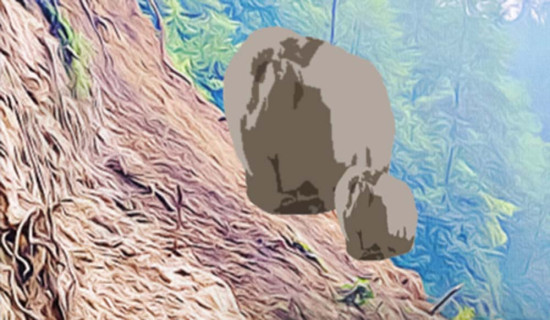



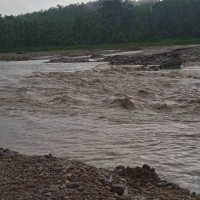

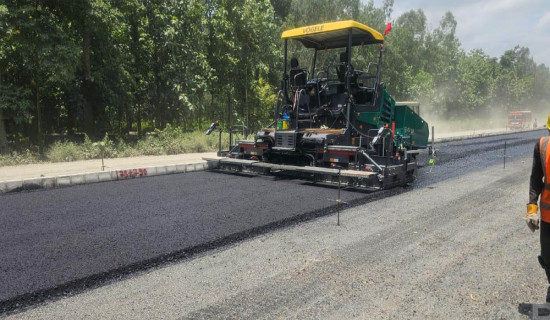
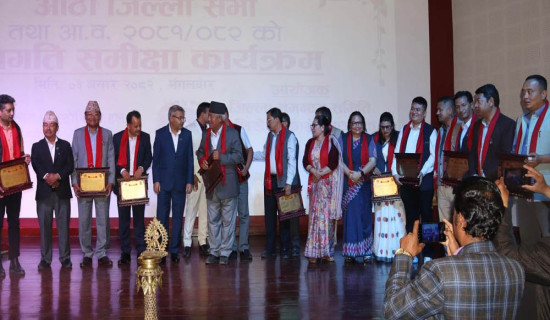

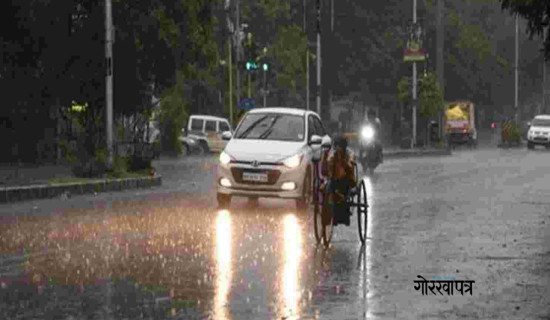
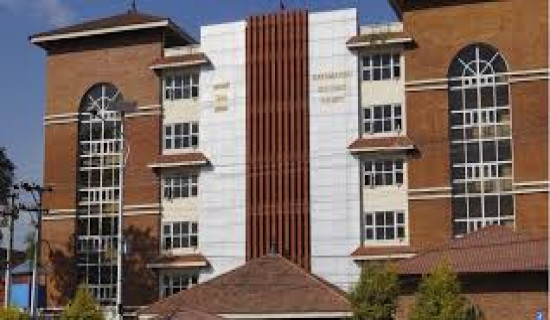

-original-thumb.jpg)